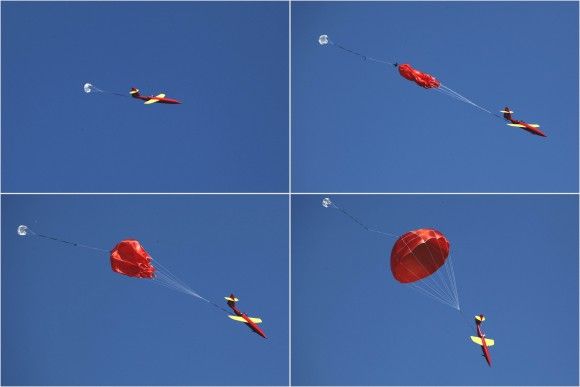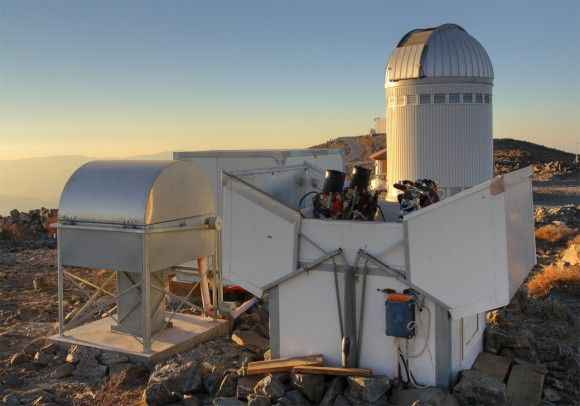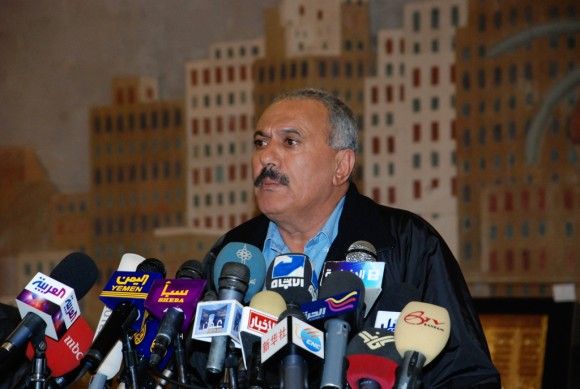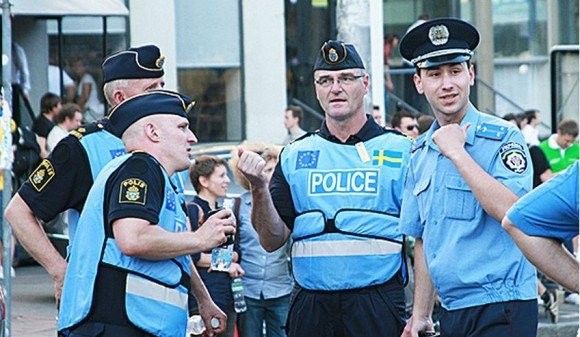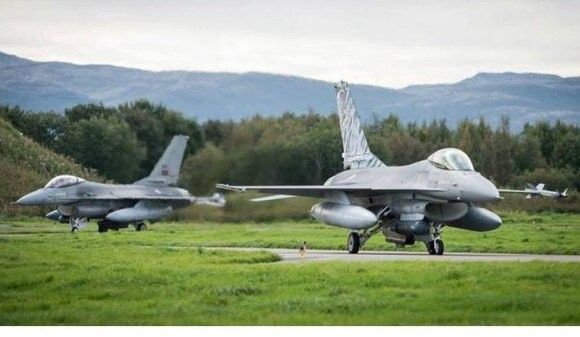Armed Forces
Simulators in the Territorial Defence Forces Training
Territorial Defence forces are a newly formed branch of the Polish military. Besides the foundations of the structure and acquisition of new armament, a lot of emphasis is also being placed on proper preparation of training for those elements. Due to the specific nature of this component of the military, the training shall be limited (within the scope of time, space and funding), yet effective. Thus the prospective training programme could also be based on solutions that are embedded within modern training and simulation assets.
Simulation and training carried out with the use of dedicated equipment is a methodology that has been fairly well known. Only recently simulated training has been becoming more and more significant and meaningful. This is because the simulations allow for training of known situations (historical ones), or situations improvised on the basis of experience gathered during the actual operations. Moreover, simulators also allow for conducting hypothetical scenarios – plausible or completely embedded in the future.
The systems in development make it possible to retain full control over the steps taken by the trainees, as well as to carry out after-action reviews. The simulated environments (natural, artificial), in which the operations are taking place, may be varied as well. By using the AI elements, the systems also allow for replication of specific behaviours in case of the adversary or when it comes to the civilians. Usually this is difficult to achieve in case of the training scenarios or exercises organized in real world.
The Territorial Defence component is going to be tasked with a wide array of missions, including crisis management, counter-sabotage operations and all operations related to the cyber-space. Thus, close cooperation with the local authorities and uniformed services would be one of the key areas to be covered by the said branch of the military.
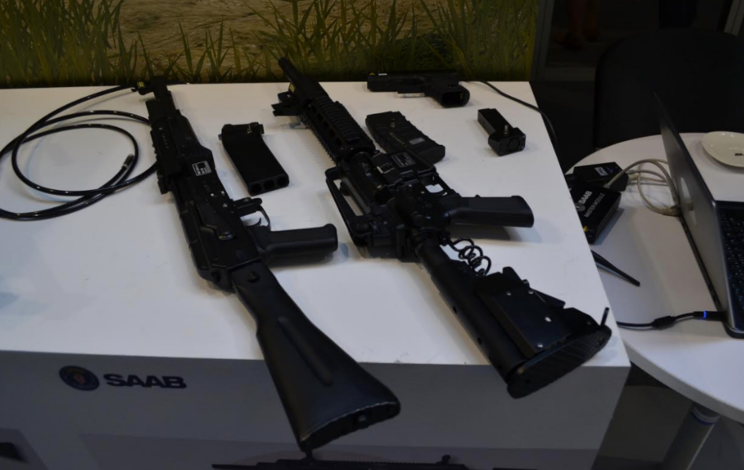
Throughout the training of the Territorial Defence units, it would remain required to gradually pass on certain skills to the volunteers who often had no previous experience in the given domain. Preparing the local authorities to cooperate is still a question which remains unanswered, same applies to joint activities undertaken together with the uniformed services. The training itself cannot last long. Furthermore, elements pertaining to mastering of the procedures applied in case of notifying, alerting and mobilization systems, so important for the Territorial Defence, shall also be taken into the equation.
Thus it is relevant to equip the Territorial Defence elements with modern simulation and training systems corresponding with the expected operational activities and requirements. Preferably, such systems shall be manufactured domestically and introduced in parallel to the dynamically procured armament. Systems as such would render training of the volunteers of the Territorial Defence component easier, cost-effective and coordinated. The activities could also involve the collaborating organs, just to make all of the elements capable of carrying out the tasks assigned to them.
Advantages of Utilizing Modern Simulators in Territorial Defence Training
Alongside the benefits listed above, related to coverage of a wider field of training with simultaneous cost decrease, the advantages of such approach may also include:
- Enhanced intensity of training operations;
- Carrying out training sessions regardless of the weather conditions and seasons, with those factors having no impact on the course of training or degree of its completion;
- Ability to get acquainted with operational activities being conducted in a variety of terrain, in natural or artificial environments unavailable within the area of the actual exercises undertaken by the given elements of the Territorial Defence;
- Carrying out trainings within the scope of extreme emergencies or dangerous circumstances;
- Easier and more cost-effective adjustment of the training infrastructure;
- Ability to verify the skillset of the individual soldiers and officers of the Territorial Defence units, as well as to assess their being predisposed for a specific direction of professional development;
- Making it easier for the Territorial Defence soldiers to get acquainted with the selected armament used by the operational units (preparing the reserves);
- Provision of training for the UAV operators or with regards to other complicated fighting systems expected to be used by the Territorial Defence units;
- Option of embedding the Territorial Defence training system within the system used to train the operational units or other uniformed services (Police, Border Guard, Fire Brigades, Rescue Services, etc.), to carry out joint crisis response exercises.
It shall also be remembered that squad and platoon level training within the Territorial Defence component would require usage of the currently available training facilities, such as shooting ranges. The availability, location or options available within such facilities could be inappropriate for the specifics of training adopted in the Territorial Defence component, planning- and organization-wise.
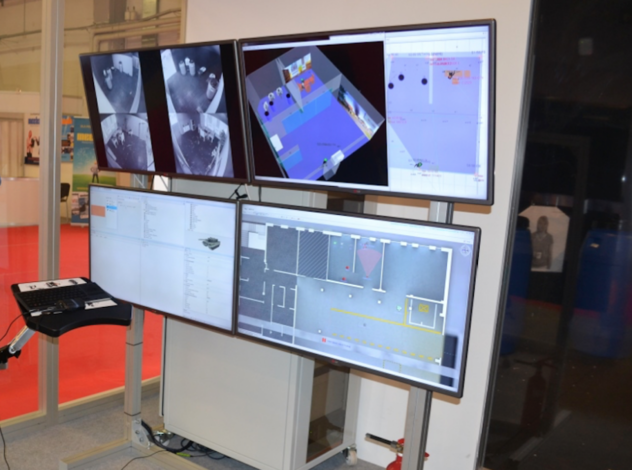
Not only do the Land Forces Field Training Centres secure the training activities for the operational and allied forces, as they are also working on other tasks, i.e. EO disposal, or repairs and renovation of the field training facilities. This significantly limits their availability. In the summer, a threat of fire frequently emerges in the forested areas, which translates into limited availability of the field training facilities. The environmental limitations have a detrimental impact on the training plans and on execution of all of the planned scenarios. Moreover, these limits also heighten the cost of maintenance related to the infrastructure.
The expected dynamic development and expansion of operational forces and Territorial Defence component is not accompanied by parallel work on preparing of proper and sufficient training facilities.
Thus, it seems that it would be indispensable to take steps towards introduction of simulated training in parallel with formation of the Territorial Defence component. Having readymade solutions available at hand, developed by the domestic entities, the systems as such may form a training suite in a cost-effective and easy manner.
Combat Training Support System for the Territorial Defence Component
Modern training and simulation systems would not replace the actual field operations, they could only constitute an extra element expanding the training options. They would allow for increase of training intensity, also integrating the systems with the existing or prospective solutions utilized by the operational forces.
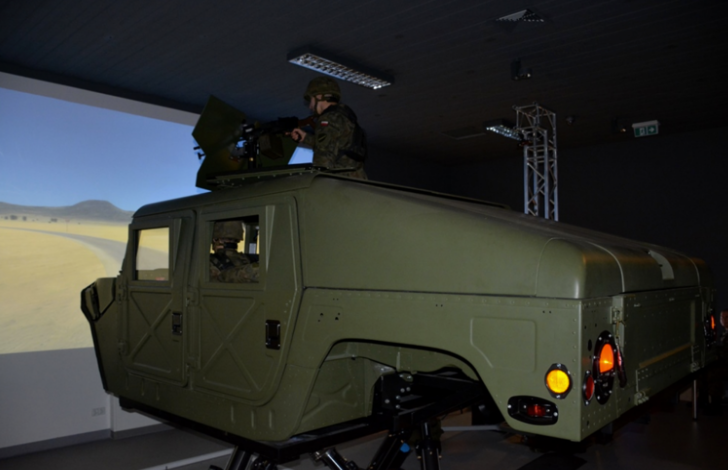
The Polish military already makes use of the SWSB Śnieżnik system which is being delivered by a consortium formed by the Stettin based Autocomp Management Sp. z o.o. company and the Zielonka-based Military Institute of Armament Technology.
The system is a result of collaboration established between the aforesaid entities. The development works also involved the representatives of the military, who, by putting Śnieżnik through it paces and submitting remarks to the manufacturer, would allow the supplier to take relevant steps, so that the suite could be modified and perfected. The Treasury owns the technical documentation of the solution. It is represented by the Armament Inspectorate of the Polish Ministry of Defence. At the moment 19 systems as such are operated by Mechanized and Armoured Brigades, Training Facilities and by the military academia. The Orzysz training centre claims that throughout the last 2 years 1 million 300 thousand shots were taken in the simulator by more than 9300 soldiers.
Śnieżnik could provide the Territorial Defence component with an ability to carry out the primary training activities at places where the units are permanently stationed. This concerns fire, tactical and combat support training for squads, platoons and companies. These activities are usually carried out at garrison and field ranges.
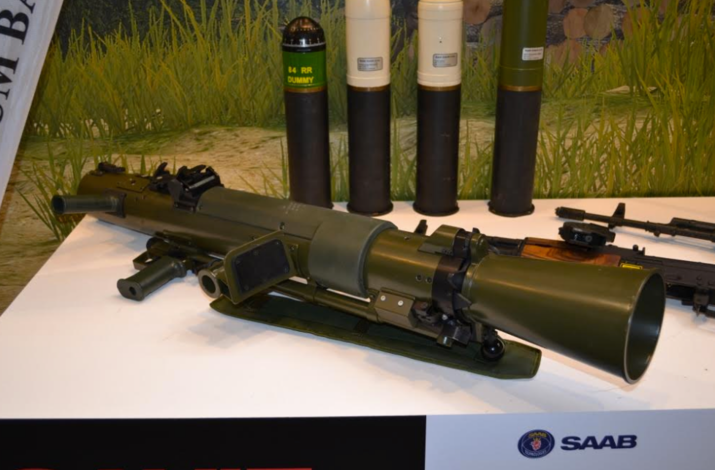
Furthermore, Śnieżnik may also support the process of perfecting the command skills, at a variety of levels, within the scope of battle management or crisis management. The system makes it possible to shape and develop the desired behaviour in case of the trainees reacting to the dynamically changing tactical situation. Śnieżnik also teaches the trainees to effectively gather the information related to the forces and intentions of the adversary. Finally, the simulator also prepares the user to correctly utilize operational support systems.
The scenarios may be custom-tailored, in line with the decisions made by the training supervisors, with after-action review following the training conducted. During the debriefing, the behaviour of the individual soldiers and the element may be properly assessed.
The Contractor working on the Śnieżnik solution (consortium formed by Autocomp Management and Military Institute of Armament Technology) is open to suggestions coming from the Territorial Defence, with regards to custom tailoring of the simulator. The companies declared that they remain open to create entirely new products that would conform with the set of requirements defined by the Territorial Defence component.
Summary
Utilizing modern training and simulation systems such as Śnieżnik, for the purpose of supporting the training processes, would obviously not replace the actual training involving real ammunition and battlefield scenarios. However, training would undoubtedly become accelerated and made easier. This could also accelerate the process in which the soldiers, as well as the commanders, get ready for their future tasks. It also remains relevant that the said process would by much cheaper, much more cost effective, considering the required infrastructure.
The Territorial Defence units shall base their activities on the experience gathered by the operational units, this also concerns use of modern training aids, such as Śnieżnik. The component may extend the above activities, creating own open architecture multi-level training system, with that system being coupled with its counterparts used by the operational forces or other uniformed services.
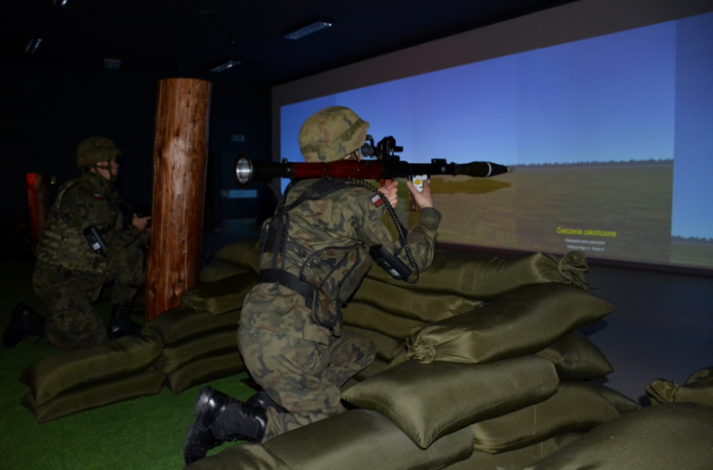
Likewise, the main tasks embedded in training, the system could also be used within the scope of mobilization, or for the purpose of testing new tactics, equipment or armament.
Autocomp Management and Military Institute of Armament Technology propose that a base for such system is established in a form of the Spartan complex battlefield simulation system, with some elements of the OPA Emergency Defence Simulator or vehicle simulators also involved. This should be coupled with laser shooting simulators and comprehensive virtual simulation solutions. In this way, the Territorial Defence could quite rapidly acquire modern solutions significantly deepening and widening the scope of the training activities, making them more effective.
The article has been prepared on the basis of the materials provided by Autocomp Management.
